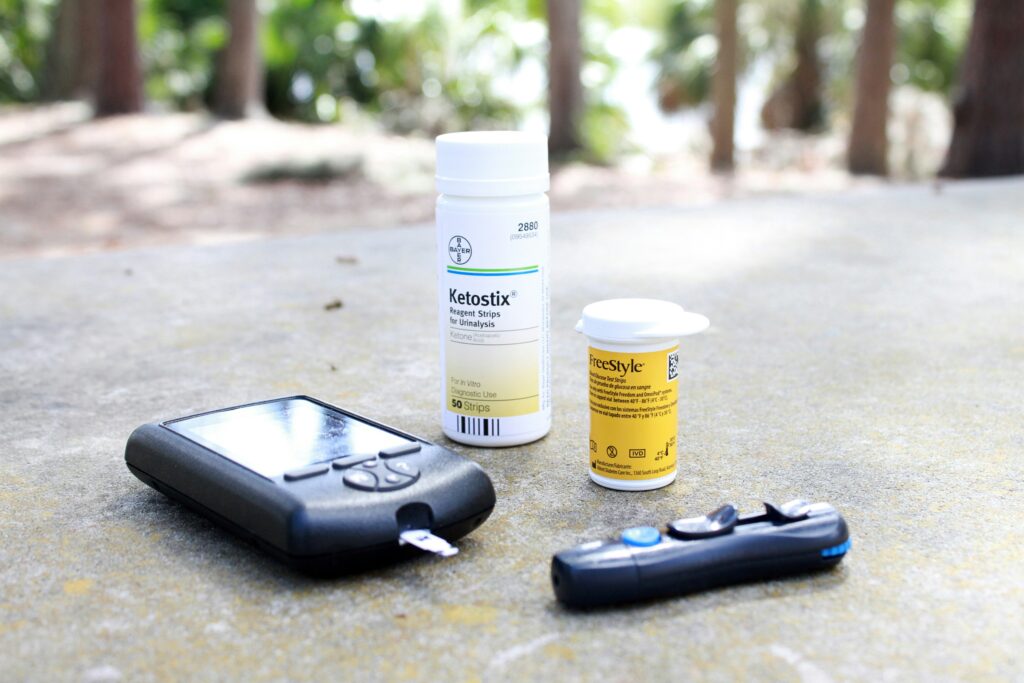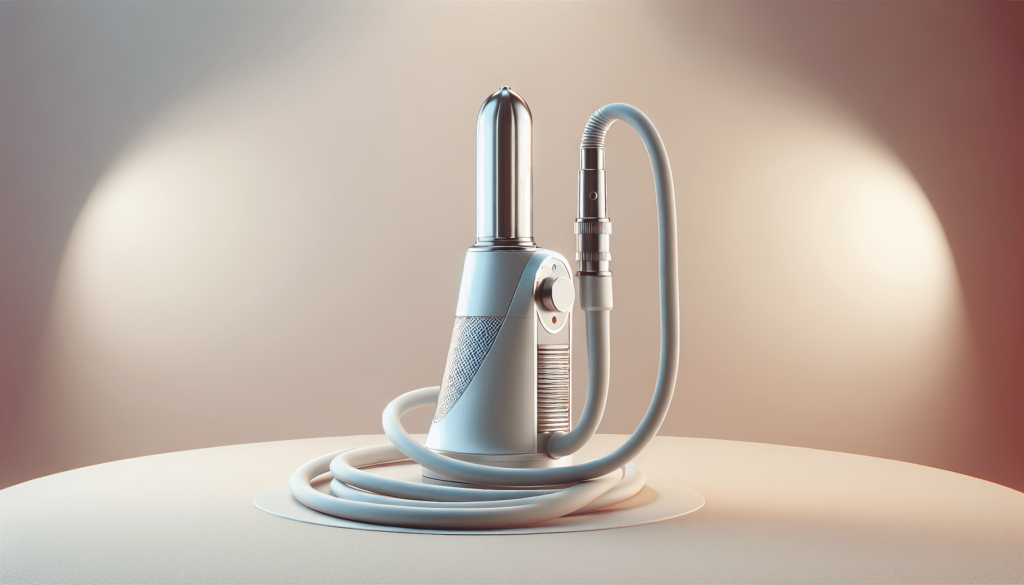Have you been wondering if an Erectile Dysfunction (ED) pump can be used by individuals with specific medical conditions? It’s a question many people have, and it’s important to get accurate, informative answers before making any decisions.
Understanding Erectile Dysfunction Pumps
What is an ED Pump?
An ED pump, also known as a vacuum erection device (VED), is a medical device designed to help men achieve and maintain an erection sufficient for sexual intercourse. It consists of a cylindrical tube that gets placed over the penis, a pump to create a vacuum, and a tension ring or band to maintain the erection.
How Does an ED Pump Work?
The device works by creating a vacuum around the penis, which draws blood into the penile tissue, leading to an erection. Once an erection is achieved, a constriction band is placed at the base of the penis to maintain the erection by preventing blood from flowing back out.
Types of ED Pumps
There are two primary types of ED pumps:
- Manual Pumps: Operated by hand, these pumps require the user to manually create the vacuum.
- Battery-Operated Pumps: These pumps use a battery to create the vacuum, requiring less manual effort.
Conditions That Might Impact ED Pump Usage
Cardiovascular Diseases
Hypertension
Individuals with hypertension (high blood pressure) should consult their healthcare provider before using an ED pump. Although the device is generally safe, the vacuum pressure can cause temporary blood pressure changes, which should be monitored closely in hypertensive patients.
Heart Disease
If you have a history of heart disease, it’s crucial to speak with your doctor. Some heart conditions may pose a risk if the increased cardiac activity induced by the ED pump is too strenuous.
Diabetes
Diabetes can cause erectile dysfunction through neuropathy (nerve damage) and vascular issues. An ED pump can still be a viable option for diabetic patients. However, skin integrity and wound healing should be considered to avoid potential complications like infections or sores.
Neurological Conditions
Multiple Sclerosis (MS)
For individuals with MS, an ED pump can be beneficial in dealing with erectile dysfunction caused by nerve damage. However, the coordination required to use some types of pumps may be challenging.
Spinal Cord Injuries
Men with spinal cord injuries often face erectile dysfunction due to disrupted nerve signals. An ED pump can be an effective solution, but it’s essential to discuss with medical professionals to tailor the device and its use to individual needs.
Psychological Conditions
Depression
While ED pumps can effectively address the physical symptoms of erectile dysfunction, they do not treat the underlying psychological causes like depression. A comprehensive approach might be beneficial, including counseling and potential pharmacological interventions.
Anxiety
Anxiety can complicate ED. The use of an ED pump can sometimes exacerbate anxiety if not approached with a comprehensive treatment plan that addresses both physical and psychological factors.

How to Use an ED Pump Safely
Consultation with Healthcare Providers
Before using an ED pump, you should always consult your healthcare provider. They can offer personalized advice and identify any potential risks based on your medical history.
Proper Usage
Follow the manufacturer’s guidelines for use to avoid injury. Do not exceed the recommended vacuum pressure, and ensure you use the correct ring size.
Monitoring and Regular Check-ups
Regular medical check-ups are essential if you have underlying medical conditions. These check-ups can help monitor the effectiveness of the ED pump and identify any adverse reactions.
Advantages and Disadvantages
Advantages
| Advantages | Description |
|---|---|
| Non-Invasive | ED pumps do not require surgery or injections. |
| Immediate Results | Often effective in producing an erection almost immediately. |
| Usable with Medications | Can be used in conjunction with other ED treatments. |
Disadvantages
| Disadvantages | Description |
|---|---|
| Mechanical Failure | There is a risk of device malfunction. |
| Learning Curve | It may take time to get used to the device. |
| Not Addressing Underlying Issues | Does not treat the root cause of ED. |

Alternatives to ED Pumps
Oral Medications
Medications like Sildenafil (Viagra) and Tadalafil (Cialis) are commonly prescribed for ED. They work by increasing blood flow to the penis but require a prescription and may not be suitable for everyone.
Penile Injections
Penile injections involve injecting medication directly into the penis to produce an erection. These can be highly effective but may not be acceptable for all men due to the method of administration.
Surgical Options
Penile implants and vascular surgery are invasive options that may be considered if other treatments fail. These are usually only recommended after other treatments have proven ineffective.
Real Stories: Success and Caution
Success Stories
Many men have found success with ED pumps, especially those for whom medication was not an option. Through persistent use and consultations with healthcare providers, they have achieved satisfying results.
Cautionary Tales
However, there are also stories of men who have experienced issues like bruising, pain, or ineffective results due to improper use or underlying conditions that were not appropriately managed.

Is An ED Pump Right For You?
Personal Considerations
Ask yourself:
- Are you comfortable using a mechanical device for erection?
- Do you have the dexterity required to operate the pump?
- Are you willing to consult with a healthcare provider regularly?
Medical Evaluation
Your healthcare provider can help you decide if an ED pump is appropriate based on your medical history, lifestyle, and other treatments you may be undergoing.
Cost and Accessibility
ED pumps range in cost and may not always be covered by insurance. Consider the financial aspect and check if there are programs available that can assist with the cost.
Conclusion
When considering whether an ED pump can be used by individuals with certain medical conditions, the answer is not always straightforward. It involves a detailed understanding of both your health and the device itself. Open communication with your healthcare provider is essential. They can provide tailored advice and ensure that the treatment you opt for is both safe and effective.
Focusing on a balanced approach that considers both physical and psychological factors will often yield the best results. Remember, erectile dysfunction is a common issue, and you have options. With the right information and support, you can navigate your way to an effective solution. Taking the first step in consultation with your healthcare provider can make all the difference.


